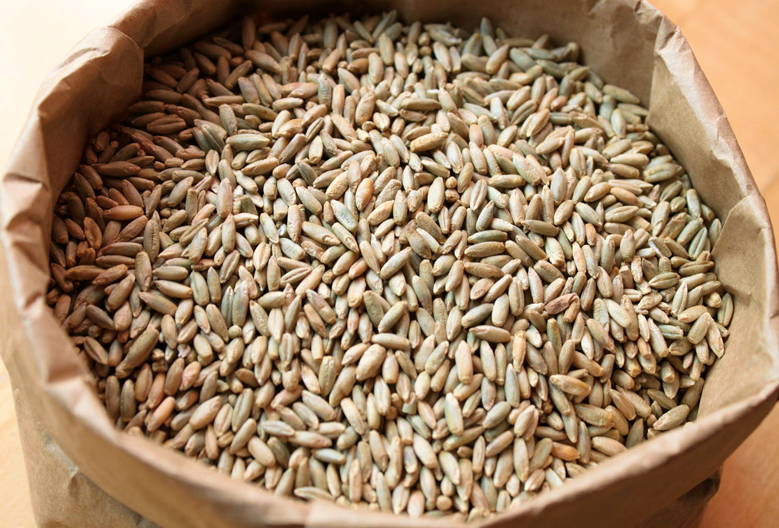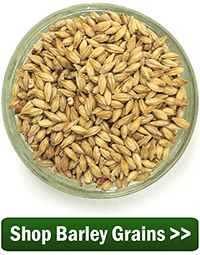 Have you ever wanted to brew a Rye IPA or a Rye Saison? Though rye beers are easy to brew, it just helps to know a few techniques before you get started. Here’s some tips for brewing with rye.
Have you ever wanted to brew a Rye IPA or a Rye Saison? Though rye beers are easy to brew, it just helps to know a few techniques before you get started. Here’s some tips for brewing with rye.
How is rye different from other brewing grains?
While most beer is made primarily from barley, other grains can be used to add complexity of flavor or to affect the mouthfeel of the beer. Rye, like wheat, is higher in protein than barley so it helps to give beer a smooth, chewy, filling mouthfeel. It does not have a husk, so sometimes rice hulls are used to help with lautering. Rye also has a unique flavor, one that some describe as spicy, tangy, or rustic. It seems to pair well with spicy hops and phenolic yeast strains.
How to Add Rye to Your Homebrew
Brewers have a few choices when adding rye to their brew. Rye malt is the standard ingredient for brewing with rye. It can be crushed just like other malted grains, though rye tends to have a smaller grain size, so it may be necessary to mill the rye separately on a smaller setting to get a good crush.
Flaked rye has been heated and pressed through rollers. Flaked grains don’t need to be milled, so they can be added directly to the mash or steeping bag.
Chocolate rye malt is a specialty grain that combines the roasty, chocolatey flavors of a darker specialty malt with the spicy notes of rye. It’s a fun way to add some complexity to darker beers! Use up to about a half-pound or so in a five-gallon batch.
Similar to chocolate rye malt, Cararye malt is a rye malt that’s been kilned just enough to develop some amber color and sweet caramel flavor. Recommended usage is up to 15% of the grain bill.
When brewing with rye it is important to understand that it has a higher protein content than other grains and no husk. Because of this rice hulls are recommended when brewing with more than about a pound of rye. This will improve filtering ability of the grain bed and will help reduce the likelihood of a stuck mash. Rice hulls will not affect flavor or color, but they will greatly improve the filtering ability of the grain bed. For an all-grain batch of homebrew with more than 10% rye, 0.5-1 pound of rice hulls are recommended. They do not need to be milled.
Rye Homebrew Recipes
Ready to make some rye beers of your own? Here’s some beer recipes to help you start brewing with rye…
- Rye Pale Ale (Terrapin Rye Clone)
- Rye Porter Homebrew Recipe
- Amber Rye Ale
- Brewer’s Best: Rye Pale Ale
Have you ever tried brewing with rye? What’s your favorite style of rye beer?
—–
David Ackley is a writer, brewer, and craft beer marketing consultant. He holds a General Certificate in Brewing from the Institute of Brewing and Distilling and is founder of the Local Beer Blog.
